The Catalina Affair
The background to this event is the electronic intelligence-gathering carried out by the Swedish Air Force, together with the Swedish FRA (Defence Services Radio Establishment). Radio and radar signal gathering using aircraft has been going on since World War Two, and is still important. At the time post-war that it was taking place off the Baltic coast, it was a major source of irritation for the Soviet Union. On June 13, 1952 a Swedish signal gathering aircraft, a Tp 79 (DC-3) with its 8-man crew was shot down by a Soviet MiG-15 fighter aircraft. This attack took place over international waters to the east of the Swedish island of Gotland. All on board perished.
As soon as it was apparent that the DC-3:was missing, a search was started, using both ships and a number of aircraft. On June 15th some wreckage from the DC-3 was found, including a life vest with damage caused by shell fragments, indicating that it had been shot down. Early on the morning of June 16th two Tp 47 Catalina aircraft took off to look for survivors from the DC-3. One of the searching aircraft was followed by two Soviet MiG-15s, which fired and damaged it enough to force it to land on the water. The 5-man crew of the Catalina were picked up by the West German freighter Münsterland, which happened to be in the vicinity. This event gave rise to a serious diplomatic crisis between Sweden and the Soviet Union.
This became known as the “Catalina affair” instead of the “DC-3 affair”, probably because it was not 100% certain that the DC-3 had been shot down in international waters, ,and also that much of the signal intelligence operations was a closely guarded secret. For example much of the signal acquisition equipment had come from the USA, to which much of the results were sent. This made the idea of Swedish neutrality look bad, so had to be swept under the carpet, and hidden, not least from the Swedish general public.
The wreckage of the DC-3 was discovered in June 2003, namely 51 years after it was shot down, and the remains were recovered in March 2004. By finding the wreck, it was finally confirmed that the aircraft had indeed been shot down over international waters. The remains of the DC-3 are now on display inside the Swedish Air Force Museum, located at the Malmen air base in Malmslätt, just outside Linköping, Sweden.
